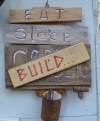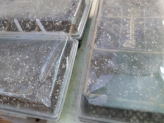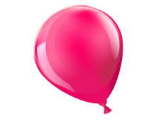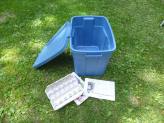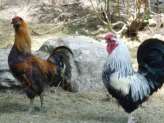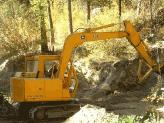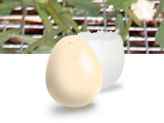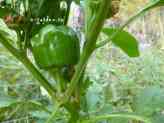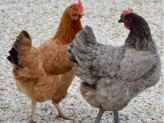Hummingbirds 2.0
by Jacki
(Murray Harbour PE)
Did you ever wish you could attract more hummingbirds to your garden? Besides growing a lot of interesting plants that also intrigue these tiny birds, what else can you do?
I've come across a few ways to give these little guys (and gals) what they want (nectar) while also providing safety and security.
They like tiny perches for those tiny feet, no brainer there. Think, less than one millimeter thick. So a limber, flexible twig, with multiple branches is best, and placed close to a feeder, or right in the garden bed among the flowers they like best. This way they have a place to perch, and look around, staying safe from predators.
If you also have a water feature, they will often have a bath in the spray of a solar powered fountain, then fly up to a branch over head to preen. This is an important thing for them to do, as it not only fixes any out-of-place feathers, it also spreads oils from their special gland above their tail. Then they can still go out in the rain, and remain waterproof.
Other than that, homemade nectar syrup for the feeder (one quarter cup sugar to one cup of hot water, stirred to dissolve the sugar, no honey or anything other than white sugar, no food colouring) will keep them coming back for more. Wash out any nectar they haven't eaten every few days, more if it's hot out. It quickly starts to ferment or grow mold, neither of which is any good for your minuscule visitors.
Don't use detergent to wash your feeders, usually a rinse in hot water is enough to sterilize them.
Be consistent - don't assume they can find their own nectar if you have trained them to come to the feeder, and then go away for two weeks during nesting season. Get someone to replace the nectar and refill the feeders while you're gone.
Although the chicks eat tiny insects brought to them by the two adults, the mom and dad have to use a lot of energy to find them - usually mosquitoes on the wing.
Follow these guidelines to have multiple couples flitting through the flowers all summer, and then take the feeders down to allow the birds to move on in their southerly migration in the fall.


